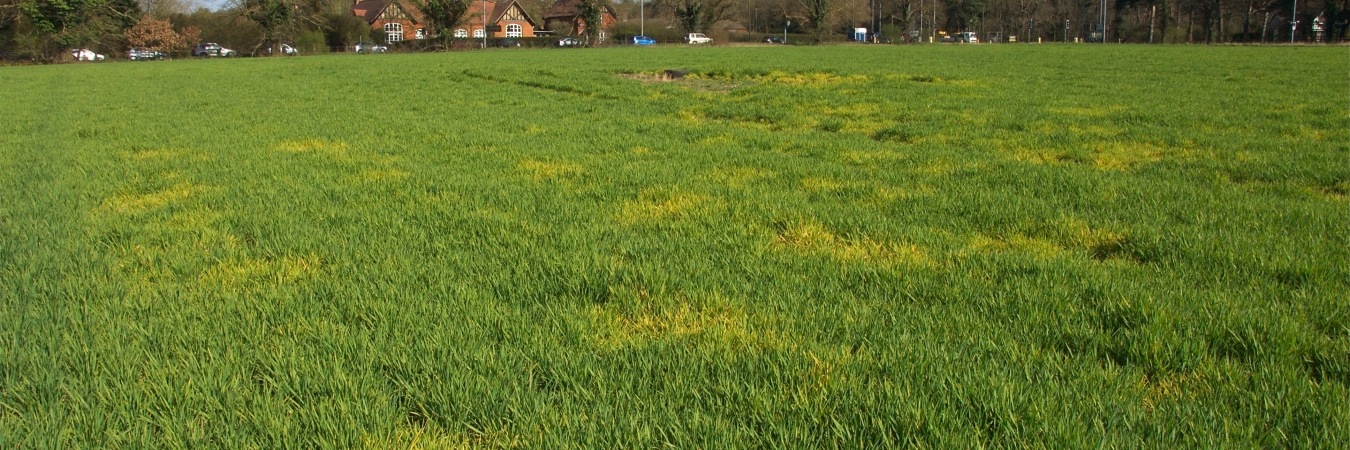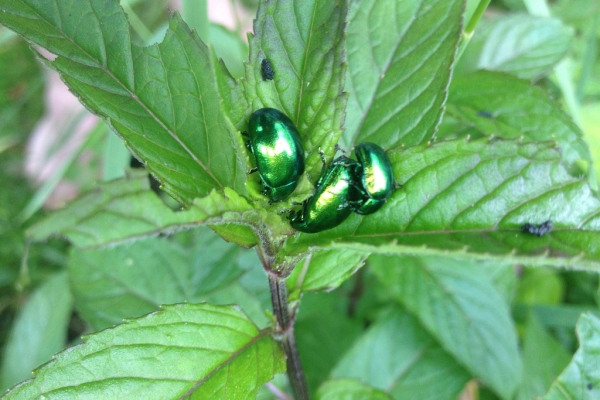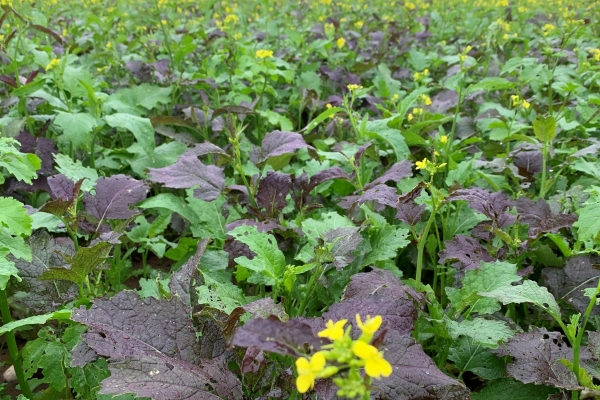Viruses in cereals and oilseed rape
Virus transmission (BYDV and TuYV)
Resource explained
This links to the AHDB webpage and publication that provides information on the transmission of viruses to cereals and oilseed rape (OSR) by aphids, focusing specifically on Barley yellow dwarf virus (BYDV) and Turnip yellows virus (TuYV). For BYDV, the page provides information on hosts, symptoms, life cycle, the aphids that are the principle vectors (bird cherry-oat aphid and grain aphid), detrimental effects of BYDV, factors that can increase aphid infestations, and management options available. For TuYV, it covers the symptoms, information on the main vector (the peach-potato aphid), the risk of infection, and various management options. There is also a link from this page to regional information on aphid numbers at key times of year and a BYDV management tool, which can be used to predict when second generation aphid offspring are produced.
Findings & recommendations
Earlier-sown winter crops and late-sown spring crops tend to be more susceptible to virus transmissions due to the timing of aphid migrations.
BYDV
- The virus is transmitted by various species of cereal aphid. The bird cherry-oat aphid is the principal vector in the South, the grain aphid in the Midlands and the North.
- Aphid colonisation is generally lower on min till fields.
- The presence of aphid-infested grass weeds increases the risk of ‘green bridge’ transmission, where virus is carried over into the new crop. This risk can be reduced by leaving a period of at least 5 weeks between ploughing and sowing.
- Encouraging natural enemies i.e. predatory beetles and webspinning spiders, which are active over autumn, can help reduce aphid numbers.
- Using diverse field margins and minimising pesticide inputs can increase the population of natural enemies in fields.
- Monitor crops for aphid activity during the autumn.
TuYV
- The peach-potato aphid is the main vector. The virus is transmitted to OSR in the autumn when the aphids migrate into crops (but can also infect a wide variety of other crops).
- Natural enemies can help control aphid numbers through predation and parasitism but may not prevent virus transmission.
- Using diverse field margins and minimising pesticide inputs can increase natural enemies.
- Weed management can help reduce the risk of ‘green bridge’ infection.
Header image shows BYDV in winter barley, Elveden crossroads, Spring 2012. Image credit: Dewar Crop Protection Ltd.






